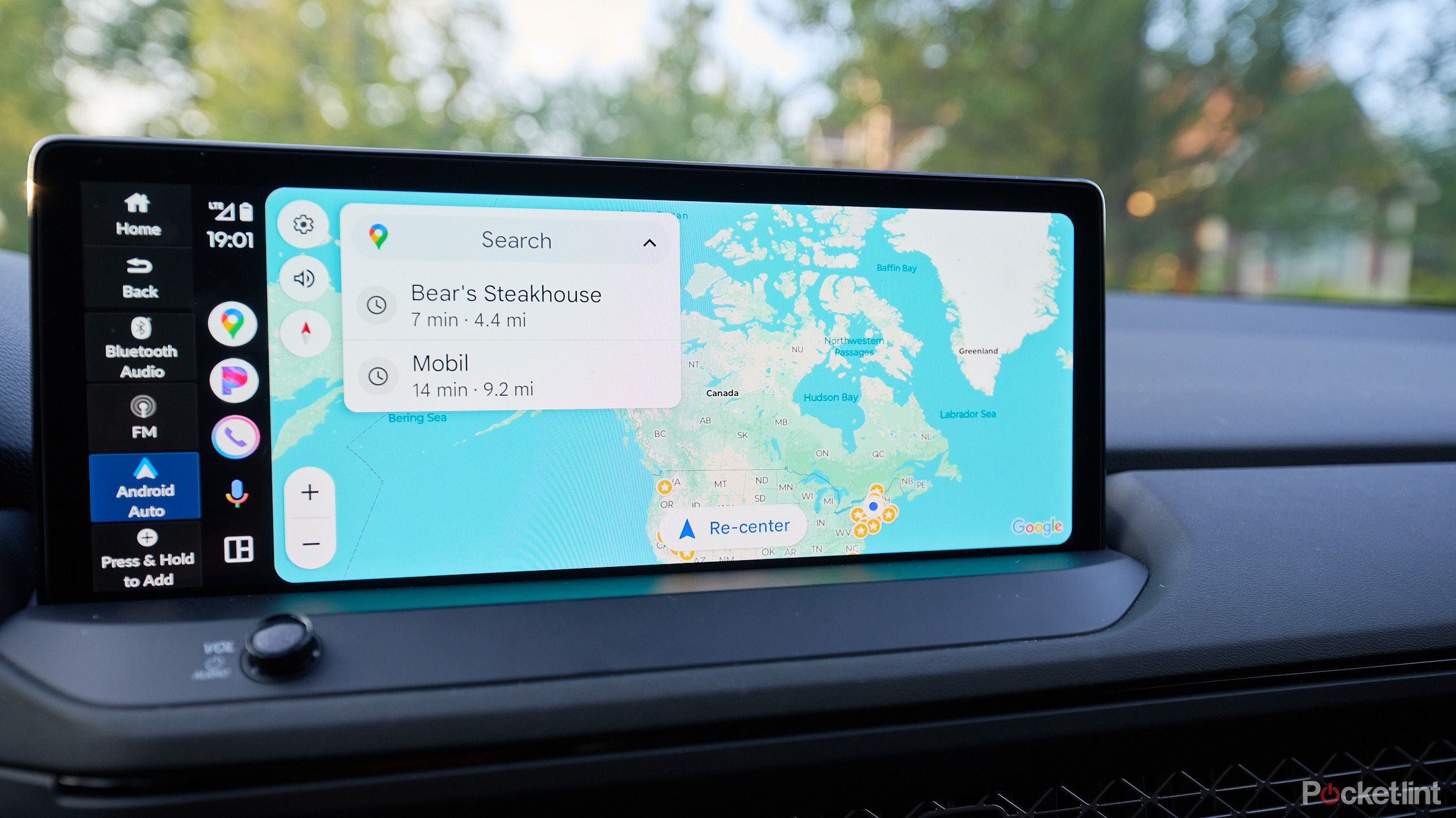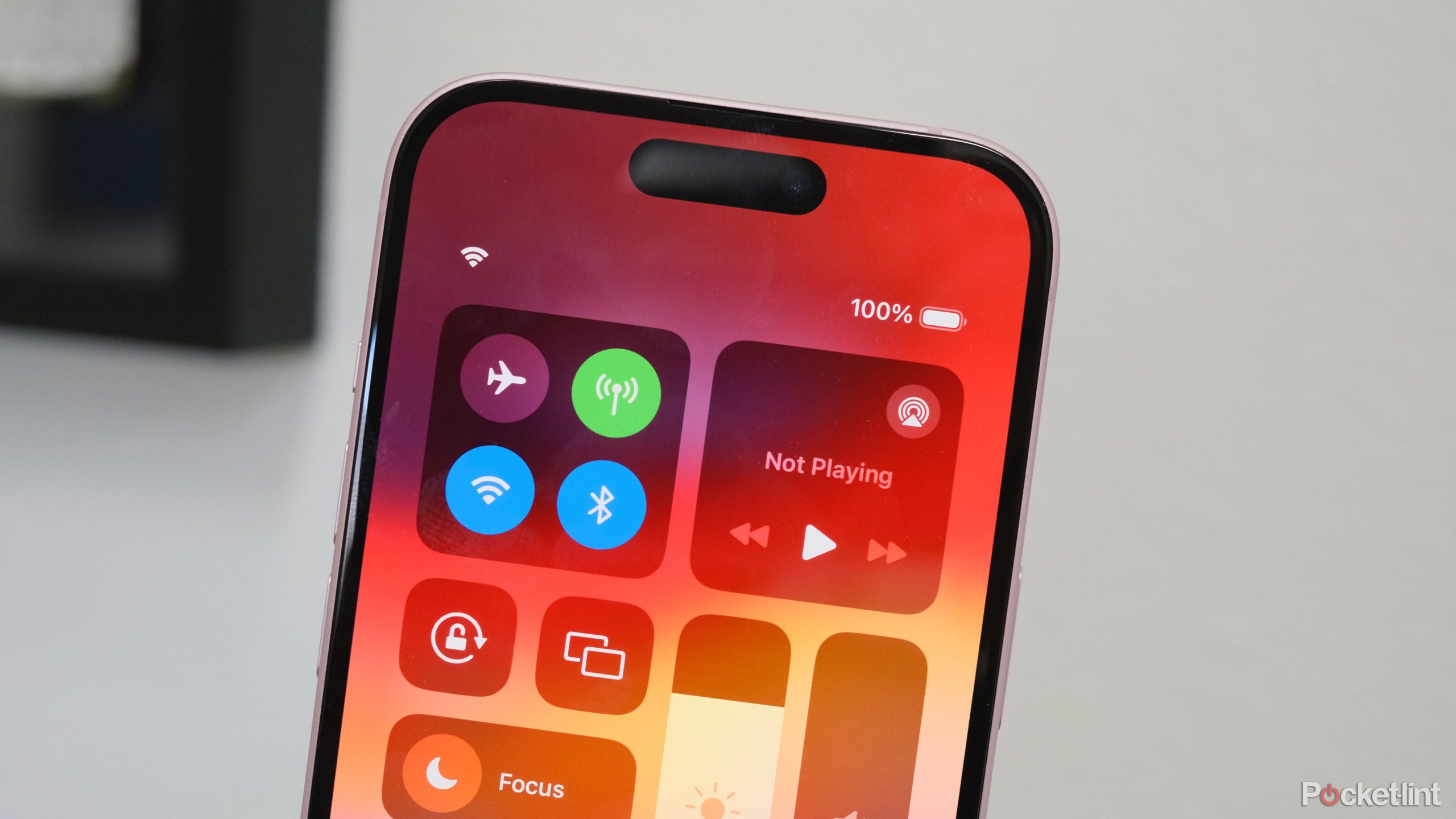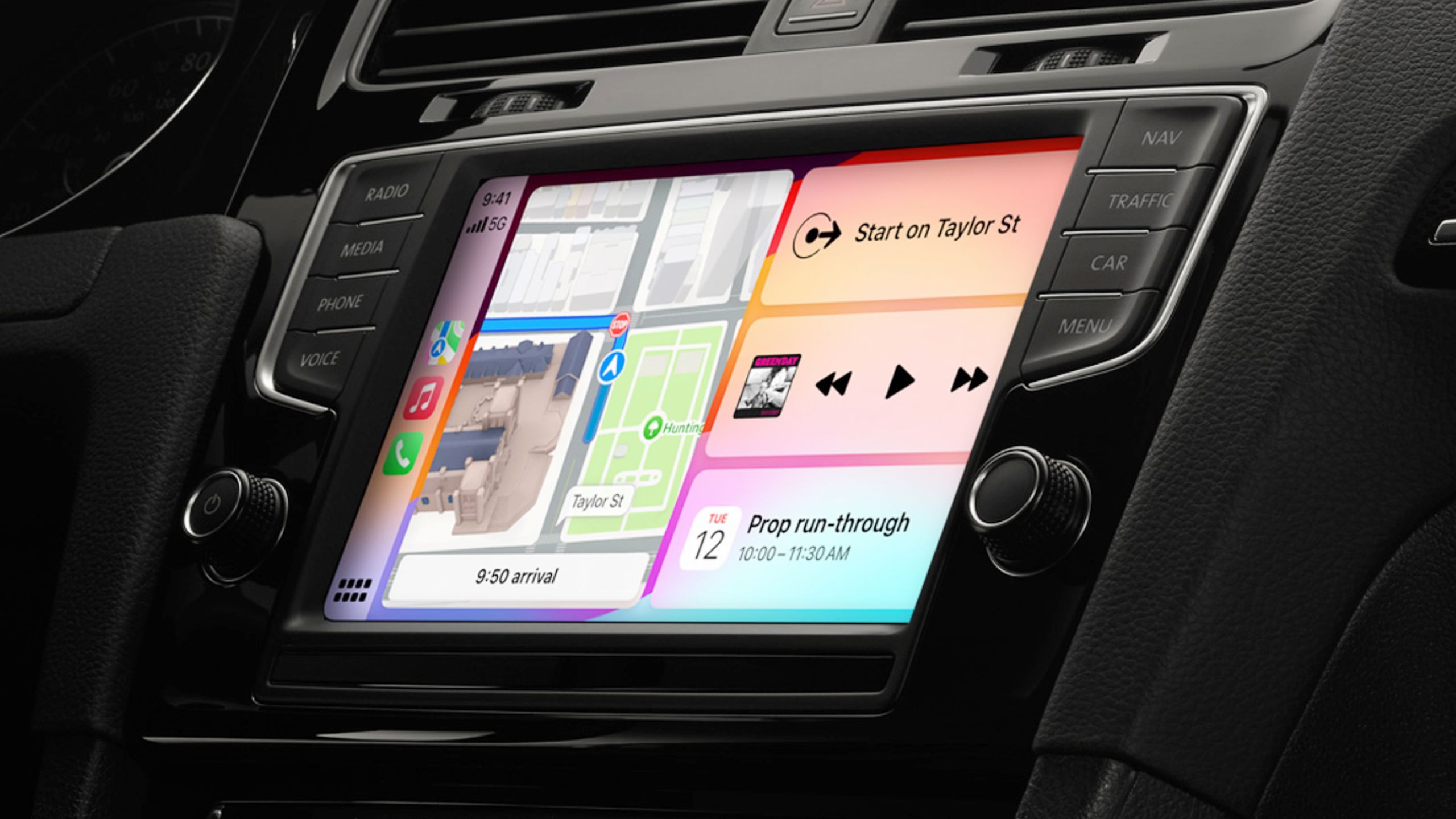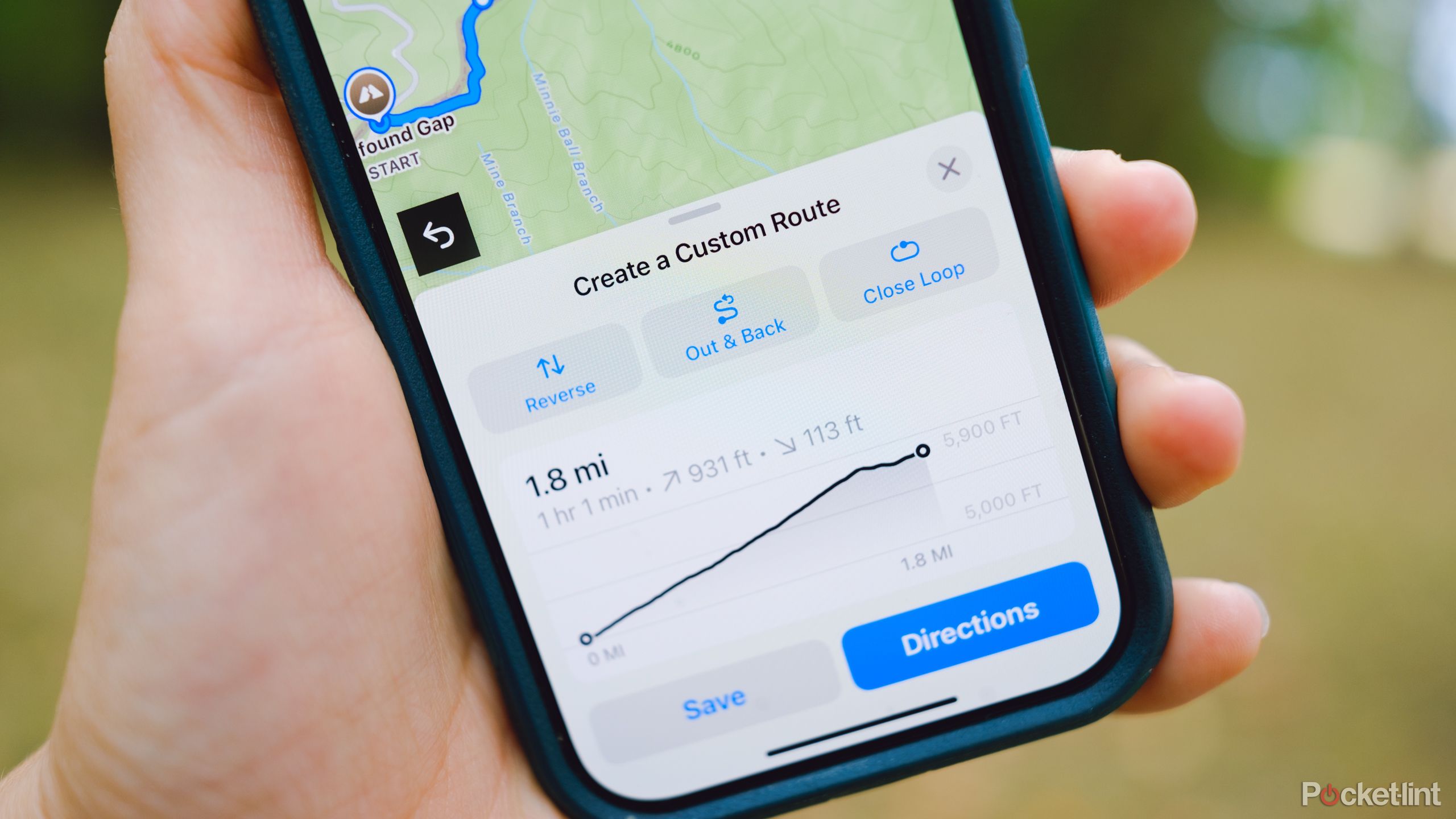Summary
- Switching to 5G can drastically improve performance in some phone apps, even though 4G should, theoretically, be more than enough for tasks like video and navigation.
- It may be that some companies aren’t properly optimizing for 4G, despite the fact that many customers live outside of 5G coverage zones.
- If you’re considering buying a new phone, try switching to 5G first if you haven’t already.
It might (slightly) shock some people to learn this, but even though I’ve been using smartphones since 2011, and my current phone is an iPhone 16 Pro, I never had access to 5G until just a few weeks ago. Until 2019, of course, 5G wasn’t an option. But even once it arrived, I preferred to stick to budget carriers, many of which deliberately omit 5G as a way of saving costs and/or nudging you towards their parent companies’ more expensive plans. A lot of pre-paid carriers exist simply to catch customers that would otherwise fall through the cracks.
Now that my 5G device is actually on 5G, I’ve discovered something I didn’t expect — that some things I thought were just processor or software limitations were tied to bandwidth instead. Indeed, I’m more skeptical than ever about the value of smartphone upgrades, if simply changing providers can have this much of an impact.
Related
4 changes I make immediately on a new iPad
Apple doesn’t deliver the best iPad experience out of the box, but it’s not far out of reach.
How 4G can sabotage a state-of-the-art phone
Built-in assumptions
I was, of course, expecting faster downloads when I switched to 5G, but I noticed something was fundamentally different after I opened Apple Maps. Previously, there had always been stuttering when I started navigation in my car, but I hadn’t thought much of it — the issue was consistent with an overtaxed processor and heavy data transfer, particularly since Apple supports 3D scenery in my city. It’s an annoyance you’ll encounter a million times in offline apps as much as online ones.
Suddenly, though, all that stuttering went away, and even mid-trip navigation was snappier. Clearly, the real source of the problem hadn’t been 3D rendering, or trying to cache a few hundred megabytes of route data — it was that on 4G, my phone hadn’t been fetching cloud data fast enough. The app was waiting a few milliseconds here or there for something to work on.
The more I used my phone, the more obvious it became that 4G had been a bottleneck to overall performance.
To test this theory, I tried Google Maps as well. As expected, it behaved as if I’d upgraded to entirely new hardware, with zero hitches to be found. In fact, Google’s predictive destination feature became so quick that on a drive back home from the gym, it took perhaps two seconds for the app to go from making a recommendation to showing directions — including the time it took me to tap.
The more I used my phone, the more obvious it became that 4G had been a bottleneck to overall performance. Other examples were a little more straightforward, though — iCloud media sync was faster, and I no longer had to wait more than a moment to see content appear in Spotify, Apple Podcasts, or any other app. Things had made me question how anyone put up with them suddenly had an answer.
What’s crazy is that my new carrier doesn’t even support the fastest version of 5G, mmWave. Instead the best it has is “5G+,” shorthand for spectrum capable of speeds up to 1Gbps or more under ideal conditions. I can only imagine what mmWave’s 2 to 10Gbps must be like.

Related
4 ways I get the most out of Google Maps in CarPlay and Android Auto
It’s worth putting a little more work into the app that takes you everywhere.
Is this performance gap fair?
An intentionally provocative question
I’m sure at least some of you were thinking “well, duh” when reading the last section, but really, 4G should be plenty capable of keeping up with a state-of-the-art smartphone. My previous carrier’s download speeds peaked at 150Mbps, and sometimes went even faster before speed caps were imposed. That’s a fraction of 1Gbps, yet you only need about 25 to 50Mbps for a steady 4K video stream — caching map data or downloading a podcast should be trivial in an urban area covered by plenty of celltowers.
You shouldn’t have to buy the best of both worlds — 5G and a fast phone — to get reasonably smooth apps.
It could be that my reception was unreliable. Nevertheless, it’s valid to ask whether Apple and app makers are optimizing things properly if 5G can have such a tangible impact. Huge swaths of the world are lucky to be covered by 4G, and if I’m irritated by the performance of Apple Maps and Google Maps on an iPhone 16 Pro, they’re only going to be more problematic on a phone with a legitimately weak processor. You shouldn’t have to buy the best of both worlds — 5G and a fast phone — to get reasonably smooth apps.
As I mentioned, though, I’m also coming to realize that past a certain threshold, smartphone upgrades may be even more useless than I thought. The jump from 4G to 5G made as much of a performance difference for me as upgrading from my old iPhone 13, if not moreso. Knowing that, it’s going to be very hard to rationalize a new phone purchase anytime soon beyond my professional obligations. If bandwidth is the true king, Apple (and other phone makers) are going to have to go well beyond bumping processor and camera specs to get my attention.

Related
How I keep my phone protected against stingrays (not that kind)
It’s an area where Android devices seem to be ahead of iPhones.
The march of progress
Some final thoughts
Will Apple, Google, and others better optimize their products for 4G? Probably not. We’re well into the 5G era, so if they haven’t already done as much as they can, there’s little incentive to go further at this stage. The first commercial 6G deployments are expected by 2030, and in the interim, 5G will probably filter down to the cheapest carriers, as well as more rural areas. I’m suddenly reminded of driving through rural Texas — there were areas where I was lucky to get any cell signal, much less high-speed data. There’s plenty of expansion work to be done.
We’re well into the 5G era, so if companies haven’t already done as much optimization as they can, there’s little incentive to go further at this stage.
If nothing else, I hope this article makes you think twice about spending $800 or more on a new smartphone. It could be that the one you have is excellent, and it’s your carrier that’s behind the times. I just wish someone had told me that last year.

You might also like
Everything you need to know about PEVs, or personal electric vehicles
You can use PEVs like e-bikes and scooters to explore, run errands, or speed up your commute.
Trending Products

2 Pack – 22 Inch Monitor FHD ...

Antec NX410 ATX Mid-Tower Case, Tem...

Samsung 27′ T35F Series FHD 1...

Acer Aspire 5 15 Slim Laptop | 15.6...

Wireless Keyboard and Mouse Combo, ...

SAMSUNG 27″ Odyssey G32A FHD ...

15.6” Laptop computer 12GB DD...

Cooler Master Q300L V2 Micro-ATX To...

Lenovo Ideapad Laptop Touchscreen 1...









